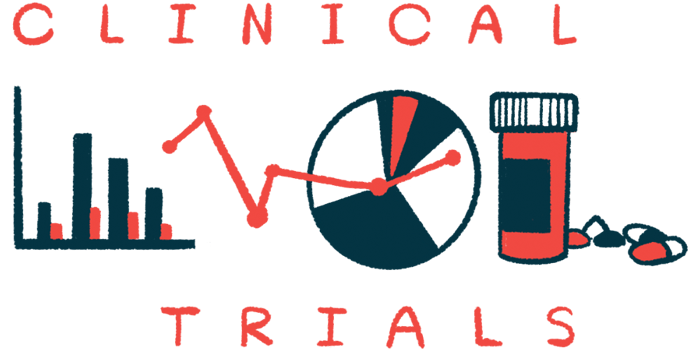Filsuvez leads to sustained DEB, JEB wound burden reductions
Therapy is approved for both skin conditions in US, UK, and EU
Written by |

Long-term treatment with Filsuvez (birch triterpenes) was well tolerated and associated with sustained reductions in wound burden for people with dystrophic epidermolysis bullosa (DEB) and junctional epidermolysis bullosa (JEB).
That’s according to final two-year data from the open-label phase (OLP) of the Phase 3 EASE trial (NCT03068780), published in the British Journal of Dermatology.
The study was titled “Long-term safety and efficacy of Oleogel-S10 (birch bark extract) in epidermolysis bullosa: 24-month results from the Phase III EASE Study.” EASE was funded by Amryt Pharma, which has since been acquired by Chiesi Global Rare Diseases, the company now marketing Filsuvez. Two of the study’s authors are affiliated with Amryt.
Both forms of epidermolysis bullosa, DEB and JEB are caused by genetic mutations that lead to fragile skin that’s prone to tearing, resulting in open wounds and blisters that don’t easily heal.
Previously called Oleogel-S10, Filsuvez is a topical gel developed to promote wound healing. It’s approved in the U.S. for treating partial thickness wounds — those limited to the outer two skin layers — in adults and children with DEB or JEB, ages 6 months or older. It has similar approvals in the European Union and U.K.
The active ingredient in Filsuvez is a birch tree bark extract containing triterpenes, chemicals believed to speed the wound repair process by easing inflammation and promoting the growth of skin cells that eventually restore the skin barrier. Its approvals were supported by data from EASE, which enrolled 223 DEB and JEB patients, ranging in age from infancy to adulthood. Most (78.5%) had recessive DEB.
Early results of Filsuvez
Participants were randomly assigned to apply Filsuvez or a placebo gel to their partial-thickness wounds at dressing changes at least once every four days for 90 days, or about three months. In the subsequent OLP, all the participants used Filsuvez for two more years. The investigators selected specific “target wounds” to be evaluated for healing.
Results from the main placebo-controlled part of the trial showed Filsuvez was associated with significantly higher rates of target wound closure than the placebo in the first 45 days (41.3% vs. 28.9%), meeting the main goal. Other benefits, including reductions in pain and a tendency for lower body wound burden, were also observed, although not all the findings were statistically significant.
Analyses from the OLP in participants with DEB showed Filsuvez was associated with sustained reductions in wound burden and other benefits over more than a year of treatment.
Long-term treatment with Filsuvez
The recent report covers the final, two-year findings from the OLP that 205 patients entered after completing the main study. The patients exhibited more than 99% adherence to treating their target wounds over a mean treatment duration of just over 1.5 years. As in the main trial, target wound infections that required antibiotics occurred infrequently, affecting seven people.
In patients who had been using Filsuvez since the start of EASE, reductions in wound burden from the main trial were maintained in the OLP. Specifically, the mean percentage of body surface area covered in wounds (BSAP) was significantly reduced at all timepoints relative to the start of the main study, with a 3.7% drop after two years.
Likewise, mean scores on the Epidermolysis Bullosa Disease Activity and Scarring Index (EBDASI) skin activity score, a measure of skin disease burden, were also significantly reduced at all timepoints, with a mean decline of 3 points after two years. Reductions in wound burden across these two measures were also observed among those who started Filsuvez in the OLP, but the findings weren’t statistically significant at all time points.
In patients at least 4 years old, reductions in pain during dressing changes in the main trial were generally maintained after three months in the OLP and former placebo patients saw reduced pain after the switch.
Easing of itch, which was seen in both groups in the main trial, was maintained in the OLP. Slight improvements in the impact of wounds on sleep and the number of days missed from school or work were also observed.
After three months in the OLP, 83.9% of patients were satisfied with their treatment.
“These data are clinically meaningful and important to consider, given the significant impact wound burden and wound care are reported to have on daily activities for patients, their caregivers and their families,” the researchers wrote.
The treatment was generally well tolerated, with no new safety signals identified and adverse events related to treatment occurred less often than in the main trial, “indicating that longer exposure to [Filsuvez] does not raise any safety concerns, and may reflect a long-term habituation to treatment in the improvement of wounds.”



